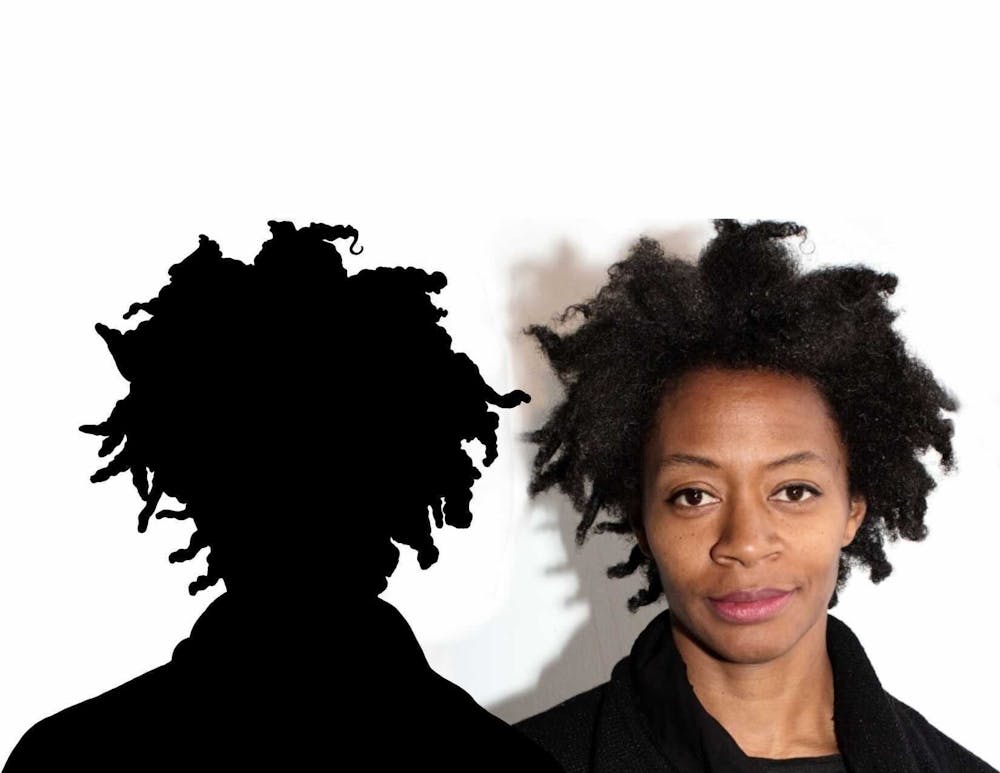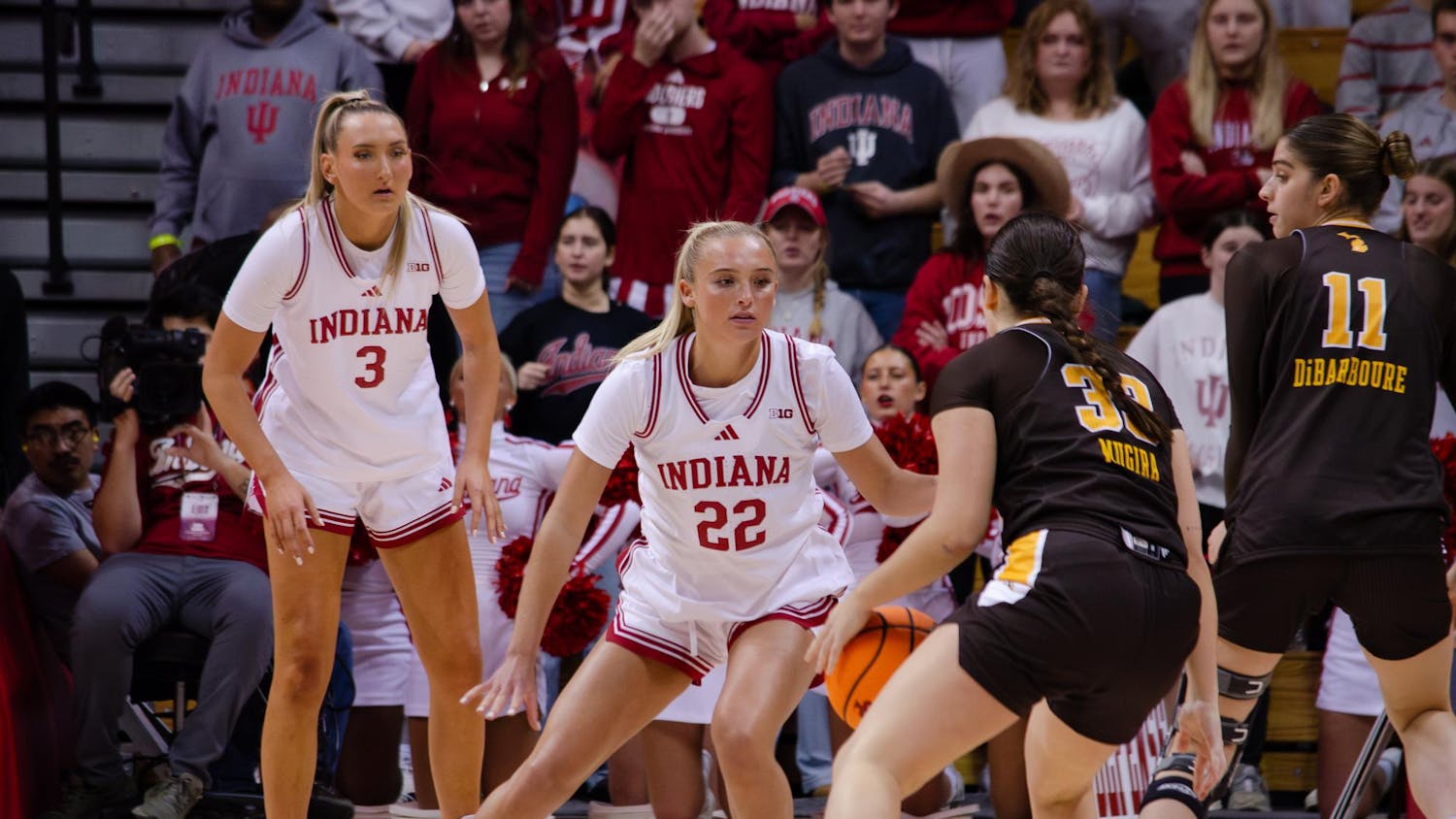The Black experience isn’t monolithic. America investigates and looks in retrospect at the Black experience with shows like The People v. The Klan and Driving While Black.
A point should be made that there isn’t a common thread in Black people other than culture, history and genetic makeup. All Black men don’t play basketball or football, all Black women don’t wear long nails, lashes or know how to do hair.
Black people are more than athletes, rappers and entry-level jobs. We are singers, chefs, photographers, professors, sculptors and painters. Our creatives are multi-faceted, often telling stories of various topics like pride, personal experience and activism.
Kara Walker was born November 26, 1969, in Stockton, California. She is an American contemporary painter, silhouette artist, printmaker, installation artist, filmmaker and professor.
According to Art21, Walker received her BFA in 1991 and her MFA in 1994. In her work, she explores topics of race, gender, violence, subjugation and sexuality. Walker is best known for her black silhouette works and depicting controversial truths about the Black experience.
“I make art for anyone who’s forgot what it feels like to put up a fight,” Walker stated in a description of her artwork.
Initially, Walker didn’t address race in her art. She worried about it being too typical or obvious. She draws from personal experiences as well as Black history.
“I was called a 'n*gger', told I looked like a monkey, accused (I didn't know it was an accusation) of being a 'Yankee.” Walker recalled during an interview.
She made her debut in a 1994 group exhibition with the 25-foot-long wall installation Gone: An Historical Romance of a Civil War as It Occurred b’tween the Dusky Thighs of One Young Negress and Her Heart. It depicted antebellum figures engaged in violent and sexual interactions through silhouettes to draw parallels to older types of film like cycloramas. This piece shocked the art world with its brutally honest portrayal of the violence of the antebellum era in the US.
In an interview with The Art Story, Walker responded.
“The history of America is built on this inequality...The gross, brutal manhandling of one group of people, dominant with one kind of skin color and one kind of perception of themselves, versus another group of people with a different kind of skin color and a different social standing. And the assumption would be that, well, times changed and we've moved on. But this is the underlying mythology... And we buy into it. I mean, whiteness is just as artificial a construct as blackness is,” she said.
Personally, I find Walker’s art to be both jarring, offensive and a little sickening. But that’s the point. She doesn’t make these caricatures with these stereotypes for humor nor pleasure, it’s to bring out an emotion within you to draw attention to the things white America tries so desperately to hide.
Walker’s silhouettes are a rude awakening to a society who tries to dismiss our past. Forcing the question into all of our subconscious, how can America heal from a past we refuse to claim? And without healing the ever present and festering wound of race in America, what will be our fate if we continue to neglect the issue?






